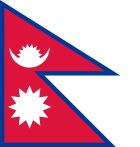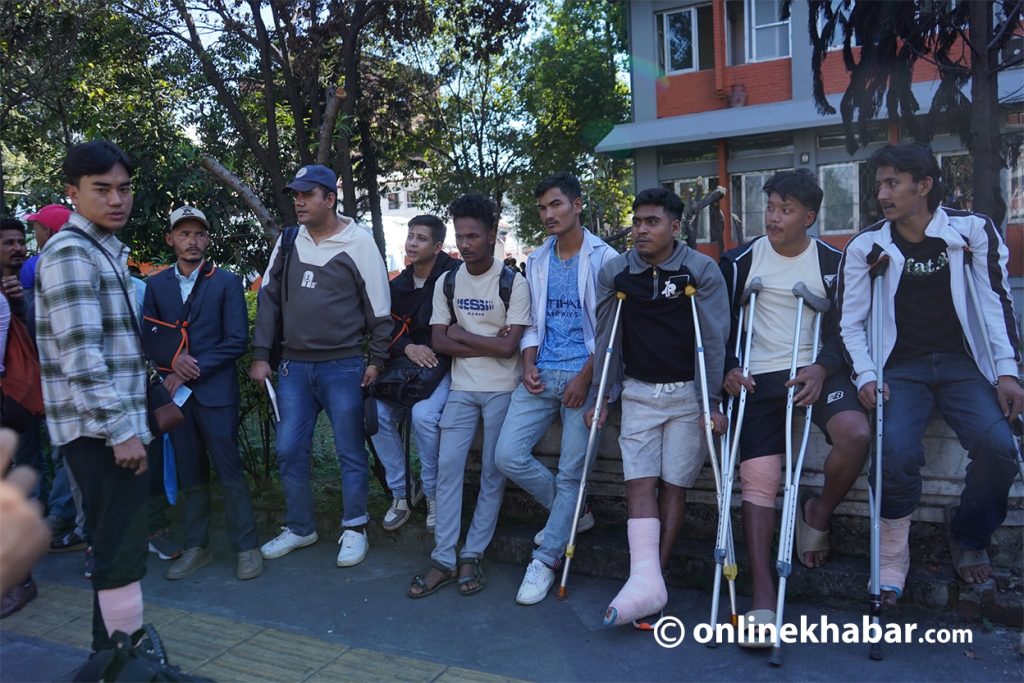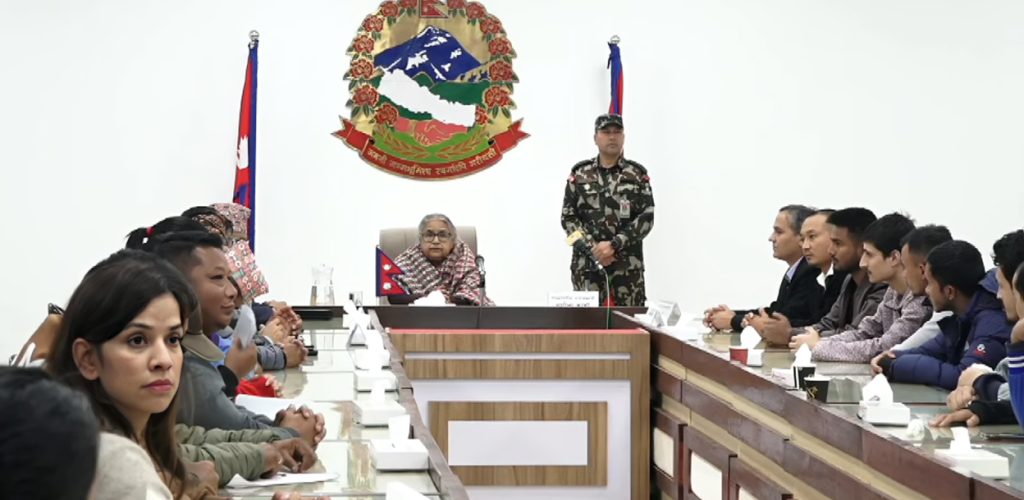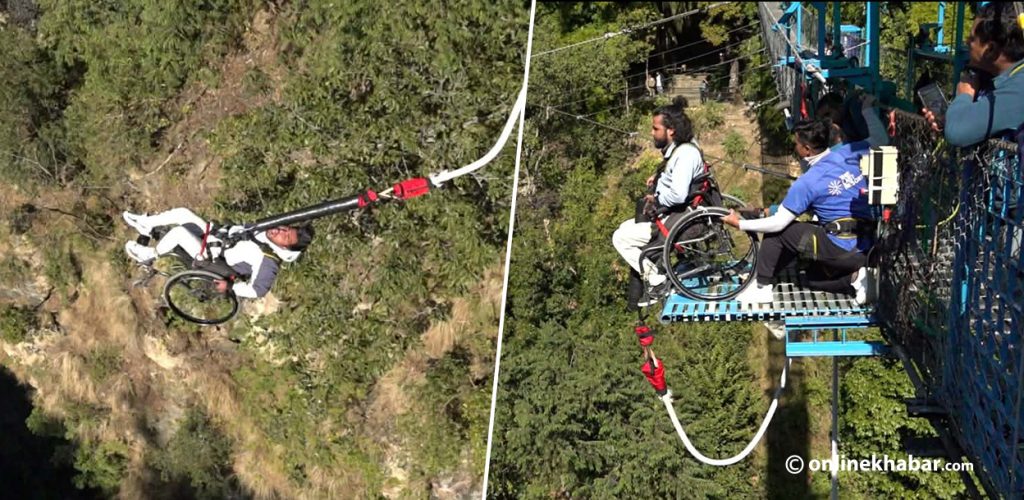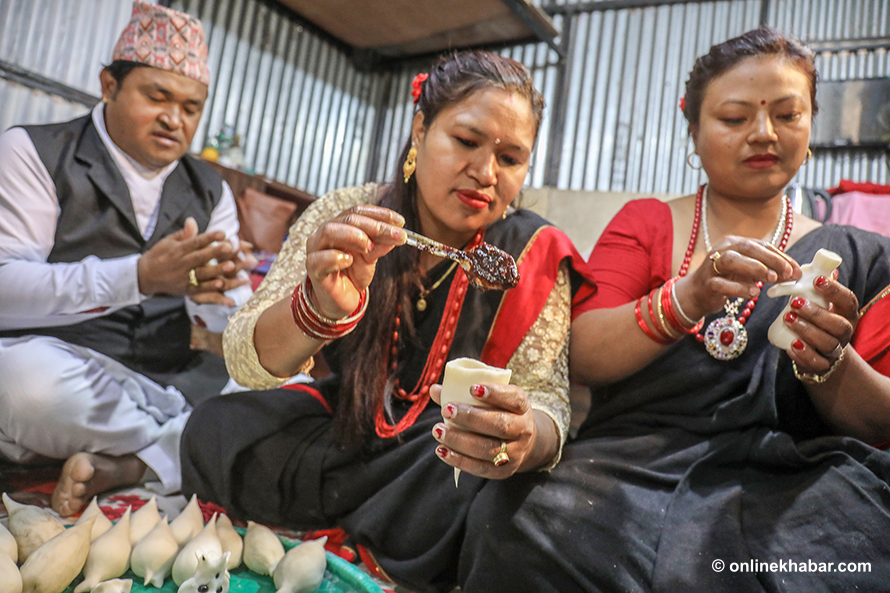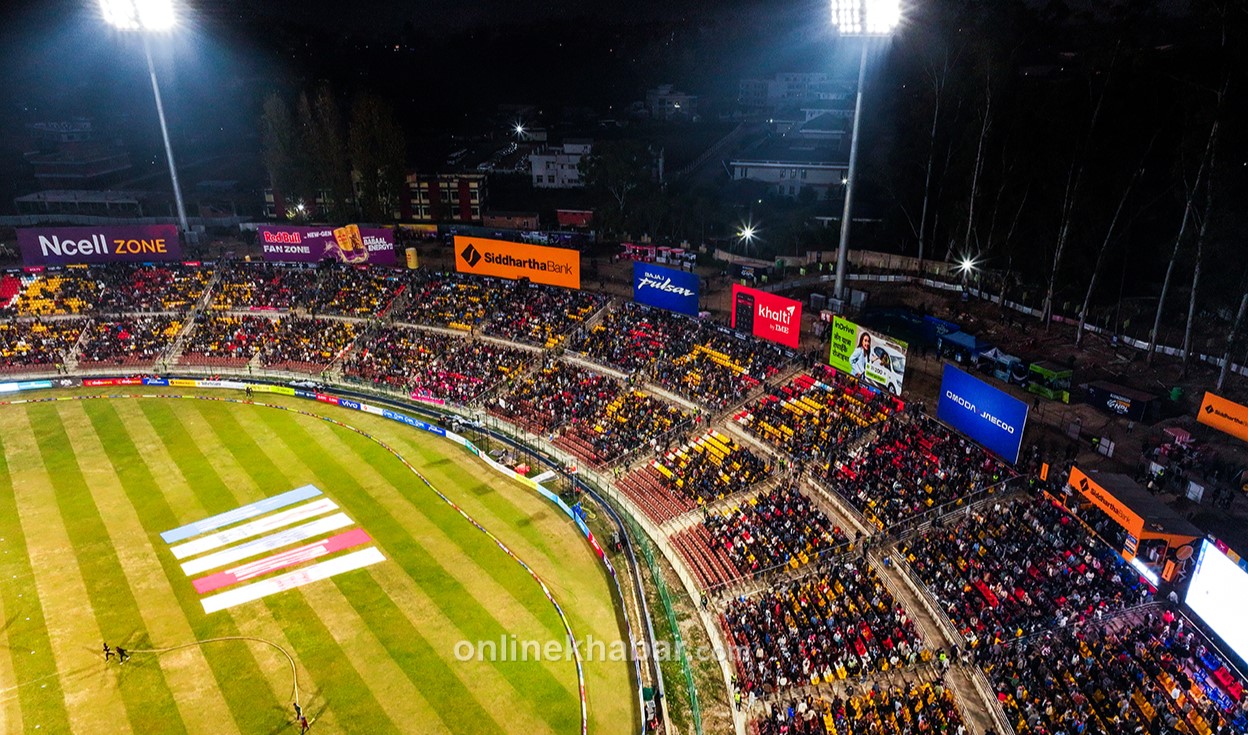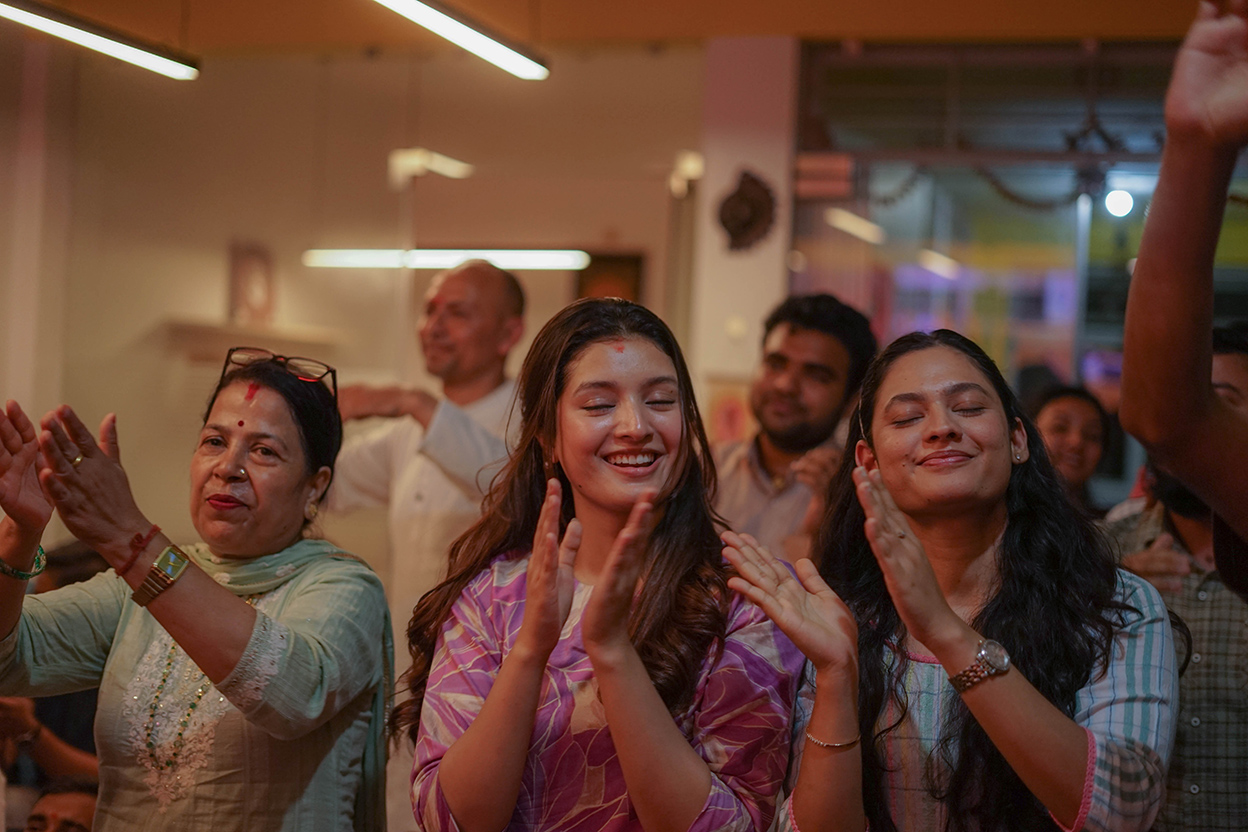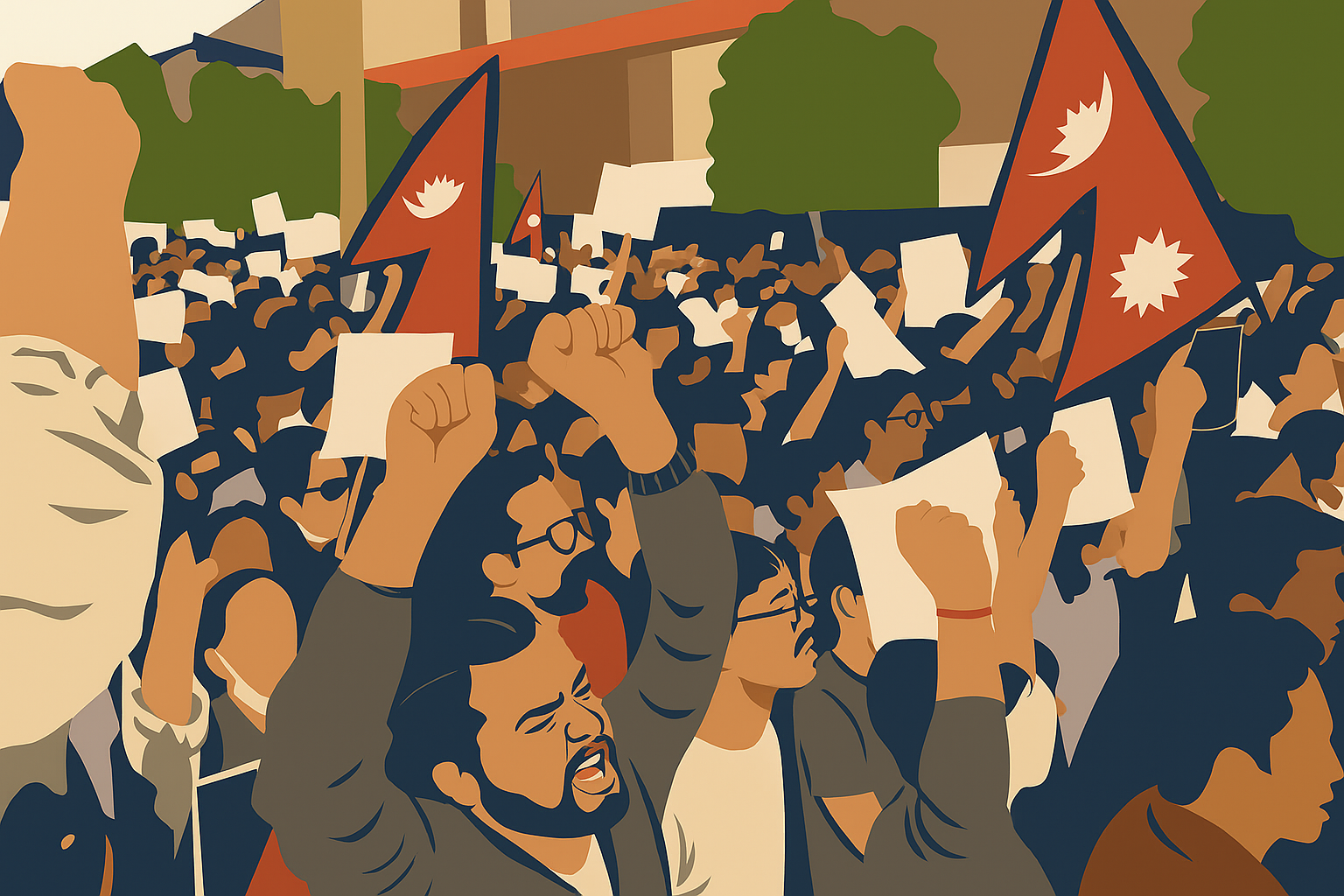
The interim government of Nepal, installed by the Gen Z movement, led by former Chief Justice Sushila Karki, celebrated the tenth Constitution Day, last month, on September 19. This constitution is the outcome of Nepal’s long democratic (since 1951) and Maoist armed struggle (1996 -2006), in which nearly 17,000 Nepalis lost their lives.
Yet, only a decade later, demands for its replacement or massive structural amendments began to rise on the grounds that it had, somehow, failed to meet the aspirations of the Nepali people. These demands are being voiced by some civil society members, some political parties, and the Gen Z. If this is the case, it is important, however, to ask whether the responsibility of this so-called failure lies solely with the constitution?
The case of Nepal
According to Dr BR Ambedkar, a constitution in itself is neither good nor bad; it is the people and political actors who implement it that determine its character. In line with Ambedkar’s thought we argue that the inability to establish the spirit of constitutionalism and rule of law is perhaps the main reason behind the failure to meet the aspirations of the people of Nepal.
Whether it is the pro-monarchy protests that appear from time to time or the recent Gen Z uprising, these protests in Nepal seem to be part of a wider trend of disgruntlement of the youth with the corruption and non-responsiveness of governments in power in other countries of South Asia, such as Sri Lanka, Pakistan and Bangladesh.
The irony increases in the case of Nepal because here the masses have been let down by democratically elected leaders who once fought for the cause of the marginalised, owing to their communist and left-centrist ideologies. The ground work for adopting a Federal, Democratic, Secular, Republican Constitution had started with the promulgation of interim constitution in 2007 that marked a transition from monarchy.
These developments seemed to promise a future of political stability, reduction in inequality and an inclusive society. However, such expectations were soon met with disappointment at all these levels. Nepal witnessed 12 prime ministers in the last 17 years. Its politics became caged in the troika of three senior leaders, KP Sharma Oli (Marxist-Leninist), Pushpa Kamal Dahal “Prachanda” (Maoist), and Sher Bahadur Deuba (Centrist) who have made coalition governments with each other at different points of time. The lack of strong opposition leaders who have themselves largely remained ‘prime ministers in waiting’ has also been a reason for the failure of constitutionalism.
Unemployment and rising inequality have been plaguing the economy of Nepal. Nepal’s young population is hunted by 20 per cent of unemployment. According to data from the Department of Foreign Employment (DoFE) of Nepal, between fiscal year 1993-1994 and the first five months of 2024-25, nearly 6.8 million Nepalis were granted labour permits to work in countries other than India.
Currently out of a population of 30 million, more than 6 million Nepalis are working abroad in high-risk, menial jobs such as labourer for infrastructure projects in the Gulf, foreign mercenaries recruited by Russia to fight in Ukraine, and seasonal migrant workers in India. Nepal’s economy is highly dependent on remittances sent by these workers, which contribute nearly one third of country’s total GDP.
Also, 80 per cent of those who stay back in Nepal work in the informal sectors. In August, 2025 heart-wrenching images of young migrants departing through Kathmandu airport forced to go in search of jobs to support their families at home were juxtaposed with images of the children of political elites who go for expensive vacations in foreign locations, own luxury cars, designer clothing, and flaunt their lavish lifestyles on TikTok, Instagram, Facebook and other such online platforms.
The sheer brazenness with which the rich children of political elites flaunt their wealth while the majority of them struggle for mere survival intensified the anger of the youth. It became a symbol of the extent to which corruption has become endemic to the system and is being overlooked by the political class, which is clearly benefiting from it.
In other words, it became evident that the cherished ideals of constitutionalism and rule of law did not apply to the elite political class of Nepal. Scholars like John Rawls (1971), Amartya Sen (1999) and SM Lipset (1959) argue that economic equality and equal access to opportunities are fundamental to the success of democracy. The sprit of constitutionalism can not be established without ensuring the dignified economic well-being of all sections of society.
The disconnect of Prime Minister KP Sharma Oli with the plight of the youth both in terms of forced migration due to unemployment and the importance of social media, could be seen from his decision to ban 26 apps citing a Supreme Court order.
This severed the connection of young immigrant workers with their families and for Gen Z at home, many of whom were dependent on social media for making connections to migrate. For a generation living in the digital world, this was the breaking point, and they poured into the streets in protest. The slogans raised by them such as “Hamro bau Khadi ma Timro bau gaadi ma” (our father sweats in the Gulf while your cruise in cars) and “your luxury is our misery” shows the awareness of the unfairness of deep class inequality in a democratic society.
Establishing of constitutionalism and rule of law in Nepal
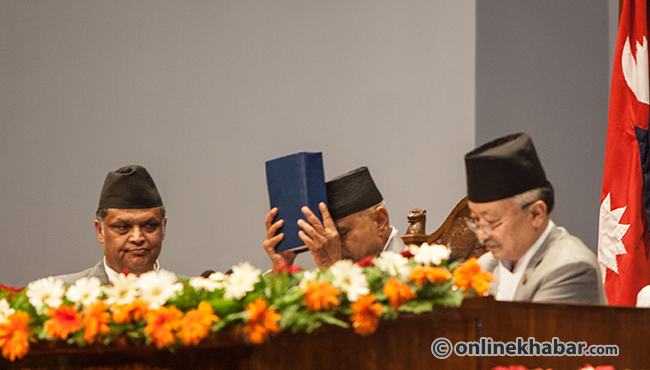
Here are a few points to consider that can possibly enable the establishment of constitutionalism and rule of law in Nepal in future.
Firstly, the democratic and republican forces may cautiously guard against the royalist forces exploiting the current political vacuum to push for a return to monarchy as it could undo the gains made by past political struggles.
Secondly, leadership may be passed to leaders of younger generation on the basis of merit, not dynasty to reflect the generational realities. Such a transition could perhaps represent the voices of young aspirations and would strengthen the democratic process, making it more inclusive and responsive.
Thirdly, debate should happen on whether directly elected executive (as demanded by youth) is better than parliamentary system. In Nepal, advocates of a presidential system or a directly elected executive argue that it could bring political stability, cost-effectiveness, and may be suitable for a smaller country like Nepal.
While these considerations may be valid given Nepal’s history of political instability, a directly elected executive possibly risks further concentrating power in Kathmandu. Moreover, the ongoing debate on a presidential system remains largely Kathmandu-centric, failing to adequately incorporate the voices and concerns of the Madhesi community who live in the low lying Terai regions. It is therefore imperative that a transparent, open, and inclusive debate, representative of all regions and communities, should take place on whether a directly elected president as demanded by some youth groups would serve Nepal better than the existing parliamentary system.
Fourthly, what emerged from this movement is that Generation Z aspires for a more transparent, people-centric and accountable government- one that is free from corruption, nepotism, and bureaucratic red tape, and that genuinely respects the fundamental rights of its people. Constitutional amendments should be made to realize these aspirations. The people of Nepal deserve a stable government that effectively delivers on their needs and expectations. Such constitutional reforms could help to revive and strengthen the true sprit of constitutionalism.
It is important to remember that Nepal (that was ruled by monarchy for 240 years) is still a fledgling democracy, that needs more time to flourish and to be institutionalized. We hope that the yearning for a better future by the youth leads to establishment of a secular, democratic, federal republic based on the principles of constitutionalism, rule of law and justice.

